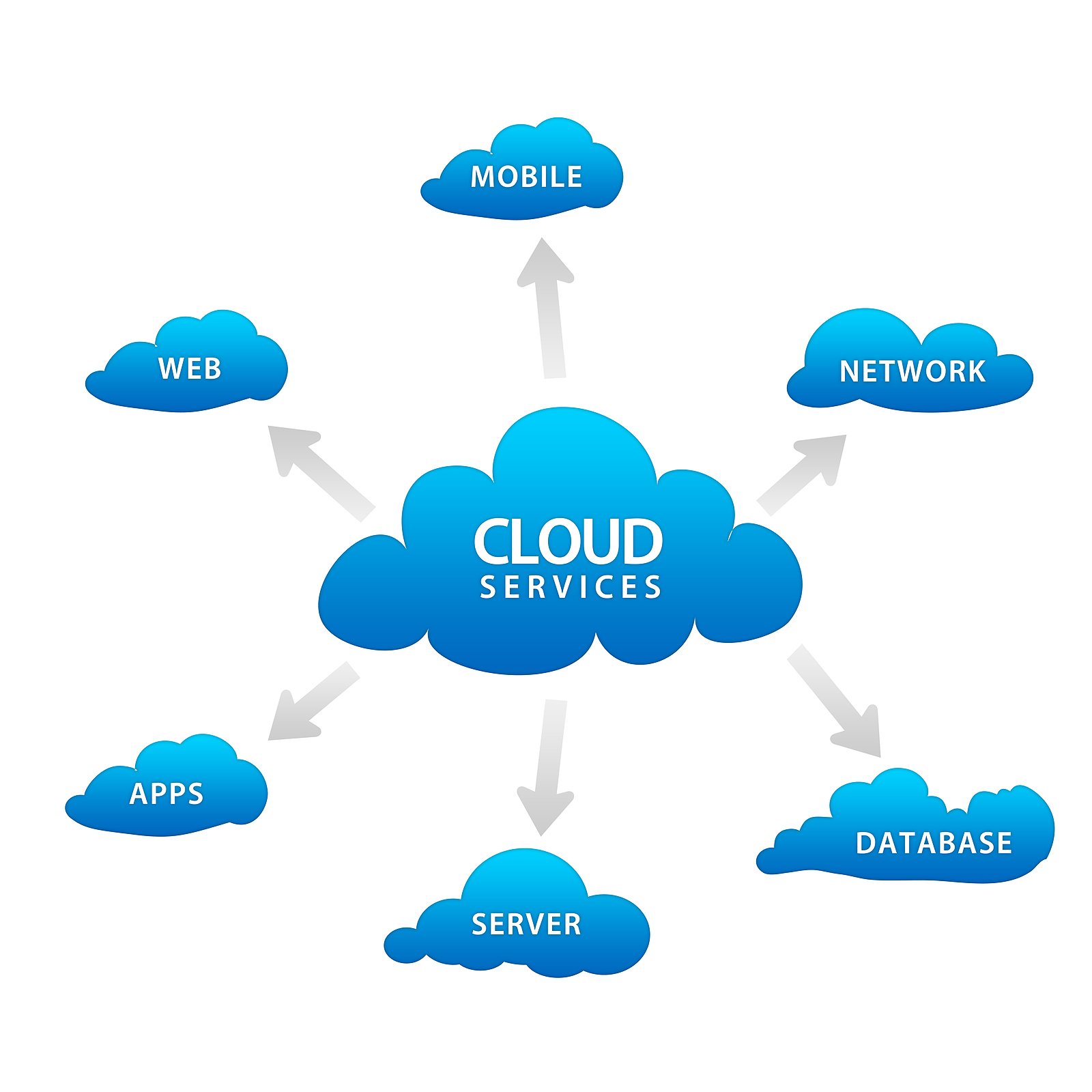Raise Your Company with LinkDaddy Cloud Services: Unleashing Universal Cloud Service Possible
Raise Your Company with LinkDaddy Cloud Services: Unleashing Universal Cloud Service Possible
Blog Article
Simplify Your Infrastructure With Cloud Provider
As companies browse the ever-evolving landscape of technology and data administration, the function of cloud solutions in simplifying framework has come to be progressively famous. How can services effectively navigate this shift and truly unlock the capacity of cloud solutions for streamlining their framework?
Benefits of Cloud Provider
Cloud services use a structured approach to handling IT framework, providing companies with adaptability, scalability, and cost-efficiency. One of the key advantages of cloud solutions is the scalability they use.
In addition, cloud solutions eliminate the requirement for organizations to buy costly software and hardware. This cost-efficiency is a considerable benefit, specifically for small to medium-sized business wanting to lessen ahead of time costs. By using cloud solutions, companies can access top notch IT sources without the large rate tag connected with conventional framework configurations.
In addition, cloud services offer businesses with the versatility to access their information and applications from anywhere with an internet link. This degree of access enhances collaboration among teams, allows remote work, and raises general productivity. The flexibility used by cloud services empowers services to adapt quickly to altering market conditions and consumer demands.
Cost Savings and Scalability
In addition to the operational advantages highlighted previously, the integration of cloud solutions into a firm's infrastructure produces significant price savings and enhanced scalability. Cloud solutions offer a pay-as-you-go version, permitting organizations to scale resources up or down based on present demands, thus avoiding the prices connected with maintaining excess capability. This adaptability enables firms to adjust promptly to varying demands without incurring unneeded expenses.
In addition, cloud solutions eliminate the need for ahead of time investments in hardware and software, minimizing capital investment. Operating budget are likewise lessened as business no more need to handle and maintain physical web servers, resulting in reduced power usage and IT staffing prices. Additionally, cloud services supply automated updates and upkeep, making sure that the facilities stays up-to-date and safe without needing manual interventions.
Enhanced Safety And Security Steps
When integrating cloud services right into a company's infrastructure to secure sensitive data and make certain conformity with industry regulations,Carrying out rigid protection procedures is vital. Cloud company use improved protection features such as information encryption, firewall program protection, and multi-factor verification to mitigate cybersecurity dangers. File encryption helps shield data both at remainder and en route, guaranteeing that just licensed individuals can access sensitive information. Firewall programs work as a barrier between external hazards and internal networks, tracking and managing inbound and outward bound network website traffic. Multi-factor authentication includes an additional layer of safety and security by requiring users to give multiple kinds of verification before accessing the cloud services.
In addition, normal protection audits and conformity evaluations help recognize susceptabilities and make sure adherence to sector requirements. Business can additionally profit from attributes like automated security updates and real-time threat monitoring offered by cloud solution companies. By prioritizing security procedures and staying aggressive in addressing possible risks, companies can confidently take advantage of cloud services while securing their important information from unapproved accessibility or breaches.
Transitioning to Cloud Facilities
To effectively incorporate cloud services right into a company's framework, an organized technique that deals with the shift towards cloud-based services is critical. Transitioning to cloud facilities entails cautious planning and implementation to make certain a smooth migration process. The very first step is to assess the existing facilities and identify which applications and systems appropriate for view publisher site migration to the cloud. This assessment ought to consider factors such as information level of sensitivity, conformity needs, and efficiency requirements.
When the assessment is total, a migration approach ought to be created. visit this website This approach needs to outline the timeline, sources, and duties for moving each element to the cloud. It is necessary to interact this plan clearly to all stakeholders to make certain positioning and lessen disturbances during the transition.
Throughout the movement procedure, surveillance and testing are vital to identify and resolve any type of concerns quickly. Normal checkpoints ought to be developed to track development and make required changes. Furthermore, training for staff members on utilizing cloud solutions need to be provided to make certain a successful change and maximize the benefits of the new facilities.
Finest Practices for Cloud Adoption
Effective fostering of cloud services rests on the tactical placement of service objectives with technological capacities and business readiness. To make certain a smooth change to the cloud, organizations must start by conducting a thorough evaluation of their present facilities and determining which work are best fit for cloud migration. It is critical to entail crucial stakeholders from various divisions in the decision-making procedure to obtain buy-in and attend to any type of problems beforehand.
An additional best technique for cloud fostering is to focus on security and conformity. Organizations should meticulously assess the security procedures provided by cloud company and make sure that their information is protected according to market requirements and regulative requirements. Executing robust data encryption, accessibility controls, and normal security audits can help mitigate dangers linked with cloud fostering.

Conclusion

As businesses navigate the ever-evolving landscape of technology and information monitoring, the duty of cloud services in simplifying framework has actually come to be significantly famous - cloud services press release. How can businesses efficiently navigate this change and absolutely open the capacity of cloud solutions for streamlining their infrastructure?
Cloud solutions provide a streamlined approach to handling IT facilities, supplying organizations with flexibility, cost-efficiency, and scalability. By using cloud solutions, organizations can access top notch IT sources without the hefty rate tag linked with standard infrastructure setups.
To make certain a smooth transition to the cloud, companies need to begin by carrying out a comprehensive analysis of their present facilities and recognizing which work are best matched for cloud migration.
Report this page